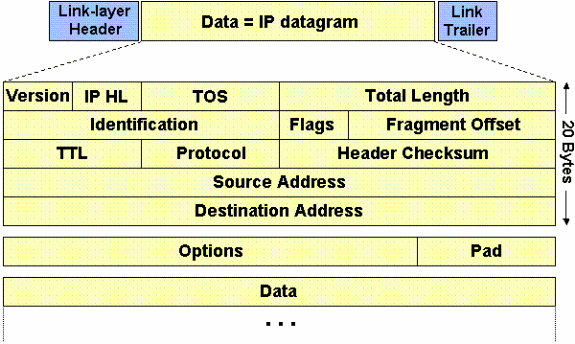Packet Walk Through-Part 1
The objective of this blog is to discuss end to end packet (client to server) traversing through a service provider network with special consideration on performance effecting factors.

We will suppose client needs to access any of the service hosted in server connected with CE-2, all the network links and NICs on end system are Ethernet based. Almost all the vendors compute machines (PC/ servers) are generating IP data gram with 1500 bytes size (20 bytes header +1480 data bytes) in normal circumstances.

Fragmentation:- If any of link is unable to handle 1500 size IP data-gram then packet will be fragmented and forwarded to its destination where it will be re-assembled. The fragmentation and re-assembly will introduce overhead and defiantly over all performance will be degraded. In IP header following fields are important to detect fragmentation and to re-assemble the packets.
- Identification:- Is unique for all segments if packet is fragmented at all
- Flags – 3 bits . Bit 0 always 0, bit 1 -DF (Fermentation allowed or not 0 and 1 respectively), Bit 2-MF (More fragments expected or Last , 1 and 0 respectively)
- Fragments Offset :- Determine where data will start after removal of IP header in 1st and subsequent segments once packet is re-assembled.
With below Continue reading
